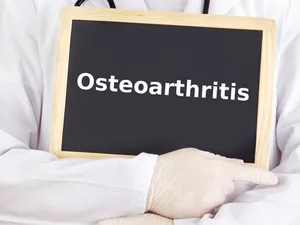
Men and women are equally plagued by OA before the age of 55. However, it’s more prevalent in women 55 and plus. Otherwise, OA commonly exists in those with a family history of the disease; those with genetic predilection to OA (i.e., existing joint or cartilage dysfunction); overweight individuals who carry excess weight on the weight-bearing joints like the hips, knees, ankles, and feet; those who’ve broken a bone or have a pre-existing joint injury; or in those who repetitively kneel or squat in their job or sport for more than an hour a day. Bleeding disorders that block the supply of fresh blood to a joint (such as avascular necrosis) or other types of arthritis (such as gout) can also gradually develop into OA over time.
Symptoms of OA typically include pain and stiffness when extra pressure is placed on the joint. “Morning stiffness”, which is a 30-minute bout of discomfort as the joint warms up after a period of inactivity, will often cause that common crackling or rubbing sound deep in the joint.



